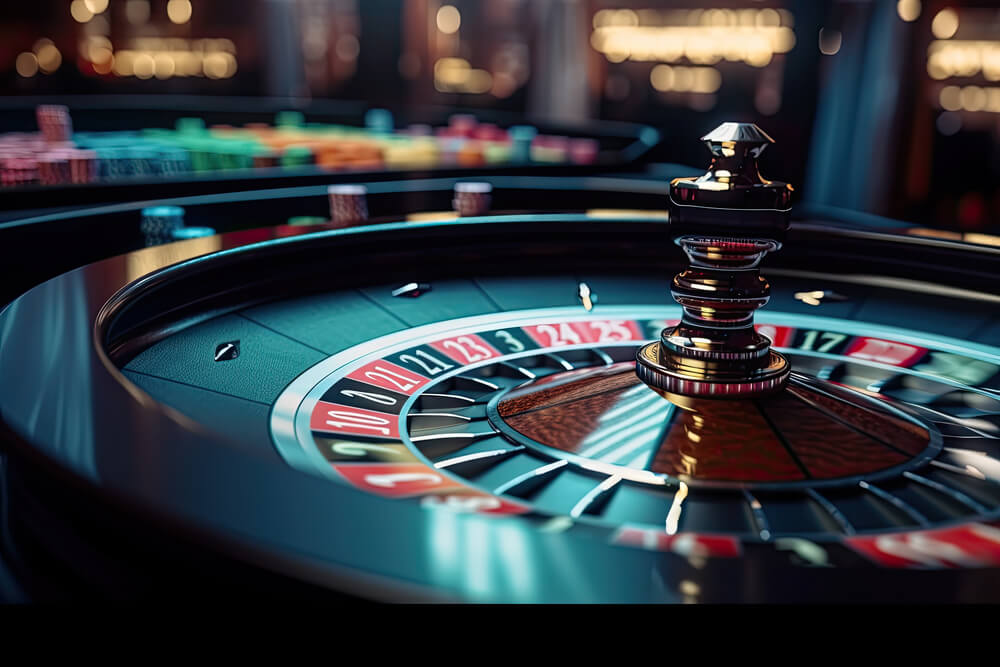
In the dynamic and stimulating world of casinos, where luck and tactics intertwine, color and aesthetic play a key role in drawing in gamblers. From the moment visitors step into a casino or log into a gaming platform, they are enveloped in a visual feast that captures their attention and entices them to explore further. Bright colors, captivating graphics, and innovative layouts are carefully crafted to create an environment of thrill and anticipation, ultimately improving the gaming encounter.
As gamblers move through the dynamic landscape of casino games, they encounter a variety of designs that not only serve visual purposes but also influence feelings and decision-making. Hues like scarlet and yellow symbolize riches and luck, while soothing navy and emeralds can create a more relaxed environment. Grasping how these elements function together allows casinos to create an welcoming and stimulating atmosphere that encourages players to interact with the games, invest additional time at the tables, and boost their overall enjoyment.
The Psychology of Hue in Casino Games
Tint plays a critical role in the development of casino games, affecting players’ feelings and responses. Vivid and bold hues, such as red and yellow, are often used to incite excitement and attract notice. These hues create a sense of pressure and dynamism, encouraging participants to involve themselves more eagerly with the game. By strategically selecting hues, creators aim to inspire feelings of pleasure and anticipation, which can enhance the total gaming experience.
Distinct shades also have psychological associations that can influence how gamblers perceive their odds of winning. For example, emerald is commonly associated with fortune and abundance, making it a popular choice in games like the roulette wheel and poker games. This association can lead players to feel more hopeful and assured in their gaming, ultimately inspiring them to stake more. Comprehending these connections allows game creators to create environments that enhance player satisfaction and retention.
Furthermore, the layout of gaming interfaces often uses color gradients and contrasting colors to direct players’ responses. For instance, successful outcomes may be highlighted with bright, differing hues, creating a visual incentive. This technique strengthens favorable outcomes and encourages repeated gameplay. 789WIN By utilizing color psychology, gaming venues can design activities that not only captivate players but also keep them involved and dedicated in their play experience.
Design Elements that Attract Players
The visual appeal of casino games is largely influenced by the use of vibrant colors. Lively and striking colors are strategically chosen to create an inviting atmosphere that captures attention. For example, reds and golds often signify good fortune and wealth, which is why they are prevalent in the color schemes of slot machines and table surfaces. These colors not only attract players in, but they also stir emotions related to thrill and expectation, enhancing the total gaming experience.
In addition to color, the aesthetic and layout of casino games play a crucial role in player attraction. Games are designed to be intuitive, ensuring that players can quickly understand the rules and mechanics. Accessible interfaces, along with captivating graphics and motion, help maintain gamer interest and encourage longer play sessions. The physical elements, such as the texture of the controls and the sounds of the games, also contribute to a comprehensive sensory experience that keeps players engaged.
Finally, thematic elements in game design can greatly influence player choice. Many gambling games are inspired by media, fairy tales, or adventure themes, featuring symbols and characters that connect with players. These themes create a sense of engagement and relatability, making each game feel distinct. When players feel a connection to the theme, they are more likely to opt for that game over others, leading to higher participation and excitement within the casino environment.
Case Studies: Successful Casino Slot Designs
One prime example of impressive gambling game design is the acclaimed slot machine series themed around popular movies. Games such as those based on the The Wizard of Oz and Game of thrones utilize dynamic colors and top-notch graphics to enthrall players in recognizable narratives. The use of dynamic visuals and captivating sound effects grabs the interest of players, building an emotional connection to the theme. This approach not only promotes longer play but also enhances the overall gaming experience, yielding increased player retention.
Another effective case is the application of color psychology in table games like 21 and roulette. Casinos often develop these games with deep reds and greens, colors traditionally linked with luck and wealth. For instance, the emerald felt on a blackjack table provides a soothing effect, while the red accents in the wheel invite excitement. This intentional use of color helps to establish an inviting atmosphere that encourages players to join in, fulfilling their psychological impulses and boosting their enjoyment.
Finally, social casino games that feature social features and vivid, lively designs have experienced remarkable success in engaging players. Games like Zynga Poker and Slotomania leverage striking colors and playful animations to establish an inviting online environment. The addition of leaderboards, community sharing options, and in-app rewards promotes competition and community, pulling players in for longer sessions. Such designs merely make the games visually attractive but also highlight social connectivity, a crucial factor in player retention and engagement within online casino environments.